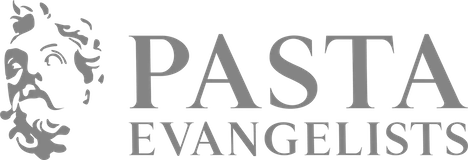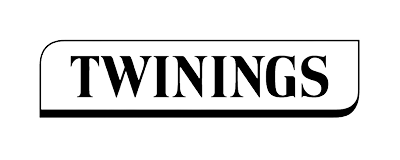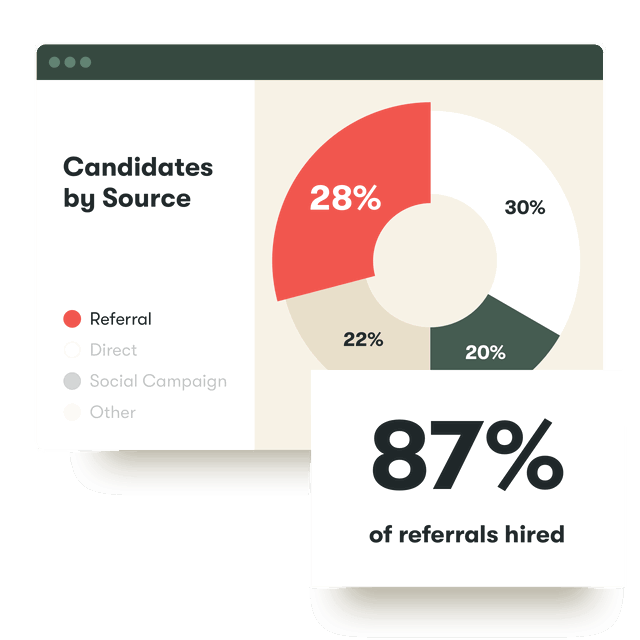Employee Referral Software
Get the ATS with an employee referral portal built in
Referrals are 7x more likely to be hired than candidates from job boards. Access new networks of qualified talent with Pinpoint’s employee referral software.

Trusted by leading talent teams
An easier way to manage employee referrals
User-friendly
Your whole team will be able to use Pinpoint’s intuitive employee referral portal—easily.
Fast
Set up referrals with just a few clicks. Pinpoint does the rest.
Effective
Referrals are 7x more likely to be hired than candidates from job boards.
Invite your team to the referral program with just a few clicks
Common questions about employee referral software
What is an employee referral program?
An employee referral program is a recruitment strategy designed to encourage existing employees to recommend contacts in their network for open vacancies.
If a candidate that’s referred is successfully hired, the employee that made the referral is usually rewarded for their help with some form of incentive—like a cash bonus, additional paid time off, or a personalized experience or gift.
How effective are referrals?
According to Pinpoint’s analysis of 4.5 million applications, referred candidates are 7x more likely to be hired than ones applying via job boards. They provide an essential talent pool for any recruiting search, and when managed thoughtfully, can even contribute to an organization’s DEI goals. Learn more about the impact of referrals here.
How do you create an employee referral program?
Employee referrals can be a gold mine of qualified talent, but they’re often under-utilized. They require a compelling bonus scheme, an easy-to-use referral portal, and internal marketing. To learn how to build and run a successful program, check out our guide.
How do companies structure their referral schemes?
Every company structures their referral bonus scheme differently. It depends on the roles they are hiring for, along with their size, industry, and region. Check out our resource on referrals to get best practices and relevant benchmarks.
Can I use Pinpoint’s employee referral software with my existing applicant tracking system?
It’s not currently possible use Pinpoint’s employee referral software as a stand-alone feature alongside your existing applicant tracking system.
We do have several clients that have switched to using Pinpoint as their applicant tracking system because of our user-friendly referral portal. Many of these clients use one of our standard or custom integrations to push candidate data into their existing HR and payroll systems.
For more information about integrations and how other companies are approaching this, you can visit our integrations page or speak to our team.
See Pinpoint’s employee referral portal in action
We can invite 20 people to interview, then 50% are going to come. But with the referrals, the percentage is higher, and they're more reliable as well.
Best practices for building a referral program
See how Pinpoint can help your team attract more qualified talent













